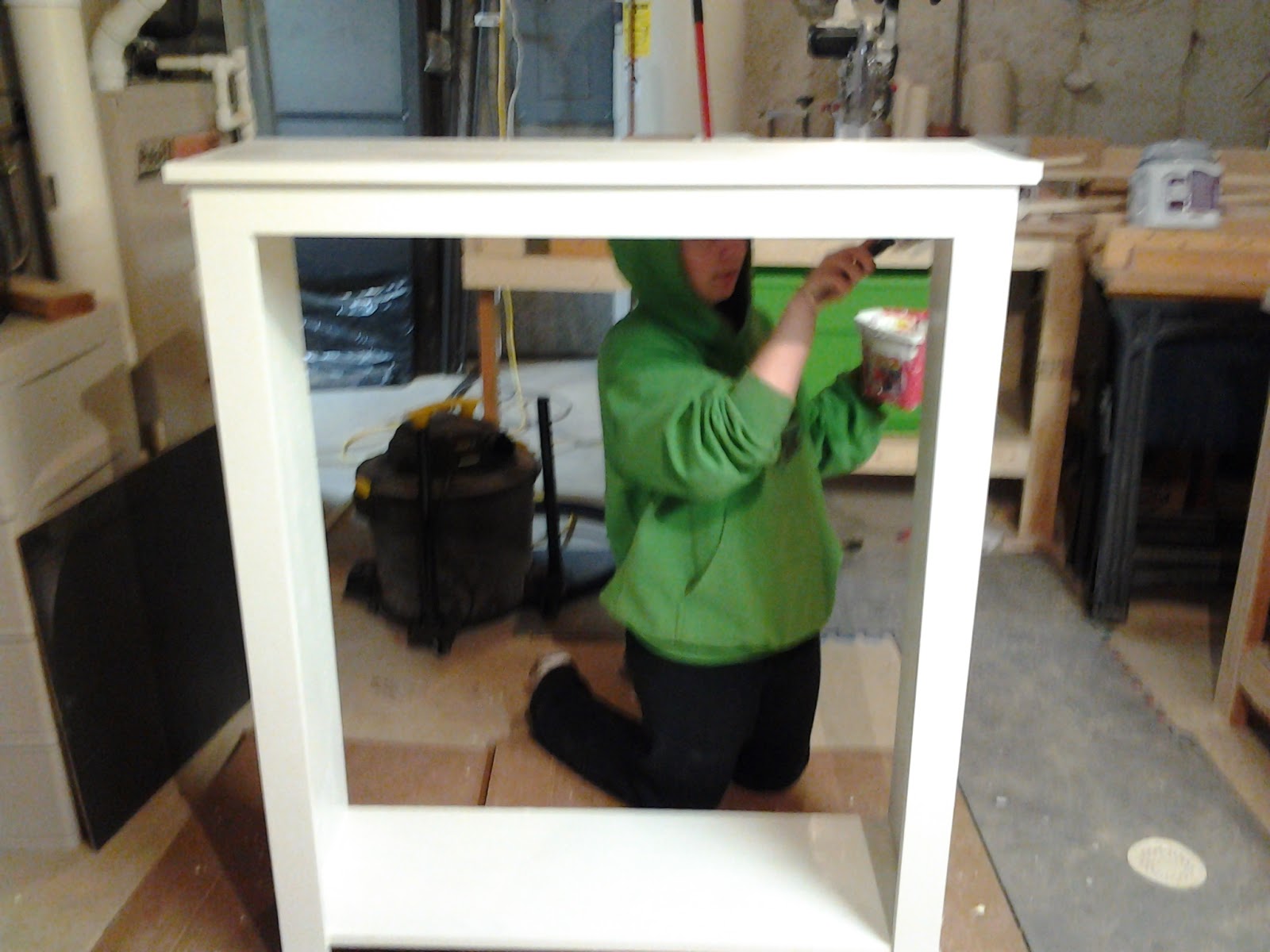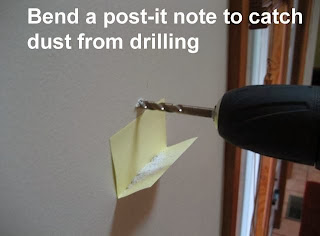We currently are living in a duplex and needed more space to keep our dishes so we could be able to keep more food and reduce the need to go to town so often. Looking on the Internet to find ideas we came upon a jelly cabinet that one individual had with plans on the Internet. Taking those plans and modifying them to fit our needs (Making the cabinet wider). We ended up with a great looking piece that will go well with our furniture and our plates.
She turned out great. We used 3/4 in plywood for the case and poplar for the framing and the doors. The hardware was from Menard's, as well as the chicken wire for the doors. We finished the cabinet with ivory paint and then used a gel antiquing stain to create the antique look. This project cost us about $125 and took nearly 60 hours to complete.

This project was easy and only require some ripping on the table saw. I used the Kreg Jig system to assemble the case and the Kreg Jig shelf pin jig to create shelf pin holes (Both tools I recommend for any DIY or Woodworker)
Any Questions or the adjusted plans just send me a message on my Blogger, have a good day.













